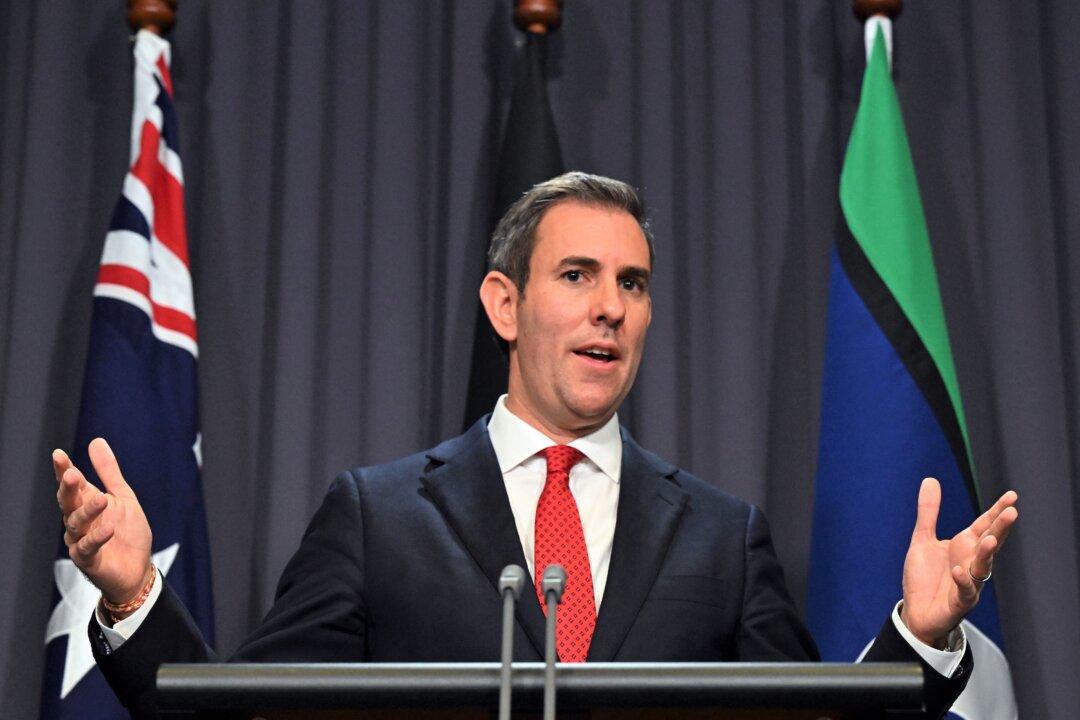The Australian government will reveal its ambitious plan to build more affordable housing when its first budget is delivered on Tuesday night.
Treasurer Jim Chalmers confirmed he was working with state and territory governments, the building industry, and superannuation funds to build one million new homes.





